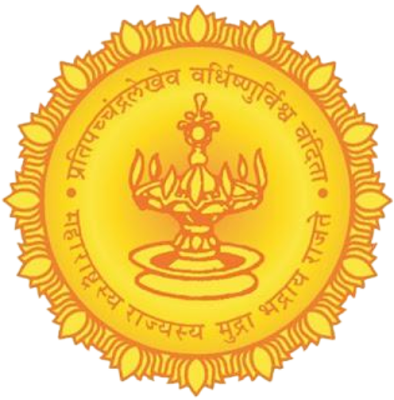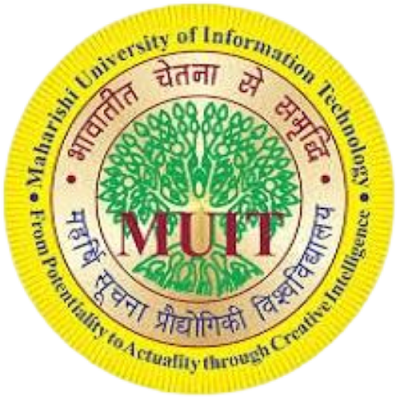DHANALAKSHMI SRINIVASAN COLLEGE OF ARTS AND SCIENCE (SDCATS) The emblem of Dhanalakshmi Srinivasan College of Arts and Science (SDCATS) features a circle housing a torch with flame, a pair of folded hands ‘ Namaste ’, an open book and a lotus ensconced by a circular border inscribed with the name and place of the college. The motto of the college ' Learning for Excellence ’ is inscribed on a banner placed below the seal. The torch is an emblem of enlightenment, hope, life, truth and the regenerative power; the namaste is a spiritual greeting that signifies ‘The Divine In Me Bows to The Divine In You’; the book refers to learning, education, knowledge, and wisdom; the lotus denotes purity, enlightenment, rebirth, transformation, personal growth, resilience, overcoming obstacles and divine beauty.

.png)
.png)


.png)
.png)
.png)
.png)
.png)
.png)
Comments
Post a Comment